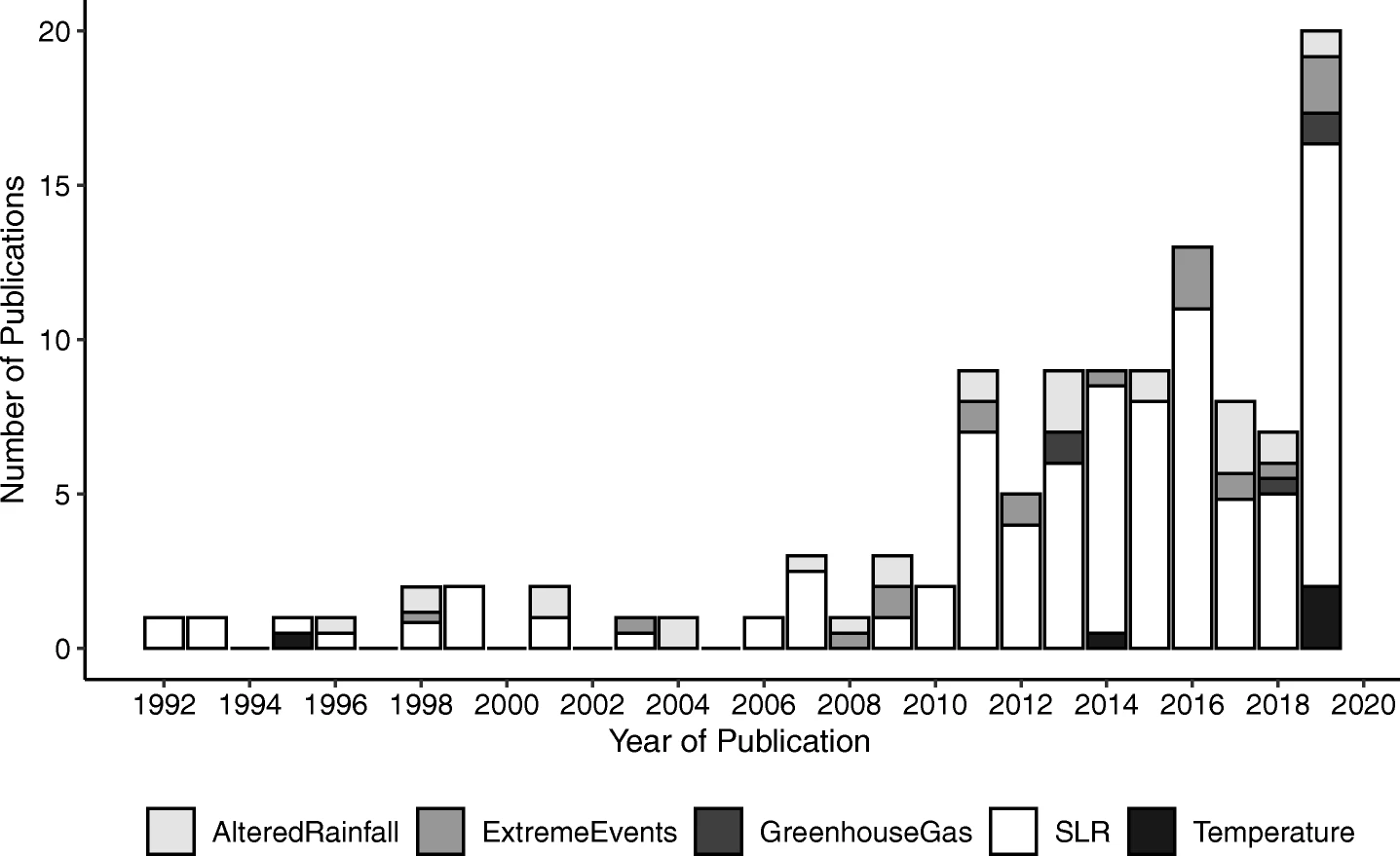Get organised
Organise and critically analyse research literature to help you:
- deepen your understanding of your research topic
- identify research gaps
- place your research in the broader context
- inform your writing.
Establish a strategic reading and note-taking routine
Evaluate each paper as a standalone item, while also considering the wider context.
Determine reading purpose
Define your objectives, for example:
- expand your knowledge
- explore key themes and trends
- understand methodologies
- discover influential researchers.
Read actively
Critically reflect on how each paper relates to your research and other literature.
- What are the strengths and weaknesses of each paper?
- What are the similarities and differences between papers?
- Which points do authors tend to agree on?
- Which papers are most relevant to your project?
Make effective notes
- Highlight key points and findings.
- Write summaries in your own words.
- Use visual or structured methods.
Use reading techniques
- Scan—look for specific information or keywords.
- Skim—read abstracts and headings to identify the main points.
- Key reading—focus on sections most relevant to your research.
- Full reading—read the entire paper for comprehensive understanding.
Collect your literature and citations
- Create a literature grid to categorise papers by themes, methodologies, geographic location and relevance.
- Capture citations in a reference management tool.
Want to explore more strategies for organising and analysing your literature? Try our self-paced tutorial.
Create a literature grid
Foster critical thinking and analysis of your resources by creating a literature grid or table. Design it to suit your research question and objectives. Include columns such as:
- article type
- methodology
- key findings
- geographic or demographic details
- strengths and weaknesses
- practice implications
- themes and categories.
| Author | Year | Focus | Location | Methodology | Data collection | Themes/Categories | Main findings | Limitations | Relevancy to my research |
|---|---|---|---|---|---|---|---|---|---|
| Chambers and Mallone | 2012 | Breastfeeding experience of migrant women living in Australia | Australia | Phenomenology | Semi-structured interviews |
| Family support leads to higher rates of breastfeeding. | Relatively small sample size | High |
| Doyle and Crane | 2018 | Partners’ views on breastfeeding | Sweden | Mixed methods | Online survey Focus groups |
| Medium | ||
| Green and Geller | 2010 | Breastfeeding in public | Multiple | Literature review | Not applicable | Medium |
Use a spreadsheet program—for example, Microsoft Excel—to help you work more efficiently.
Spreadsheets help you to sort, filter and validate input using features such as drop-down lists.
Example Microsoft Excel literature grid (XLSX, 34.5 KB)
Try these techniques when designing your literature grid.
Explore software
Use software to organise and manage your literature and citations.
Ask the library
We are here to help!
Find us in the libraries or contact us by phone or online.
Copyright matters
Find information and support for all aspects of your copyright compliance obligations.
eResearch services
For help with your research technology, data science and technical infrastructure needs.
Office for research
For help with research grant funding opportunities, ethical and IP matters.
Workshops
Attend a workshop targeted to support you throughout the research lifecycle.
